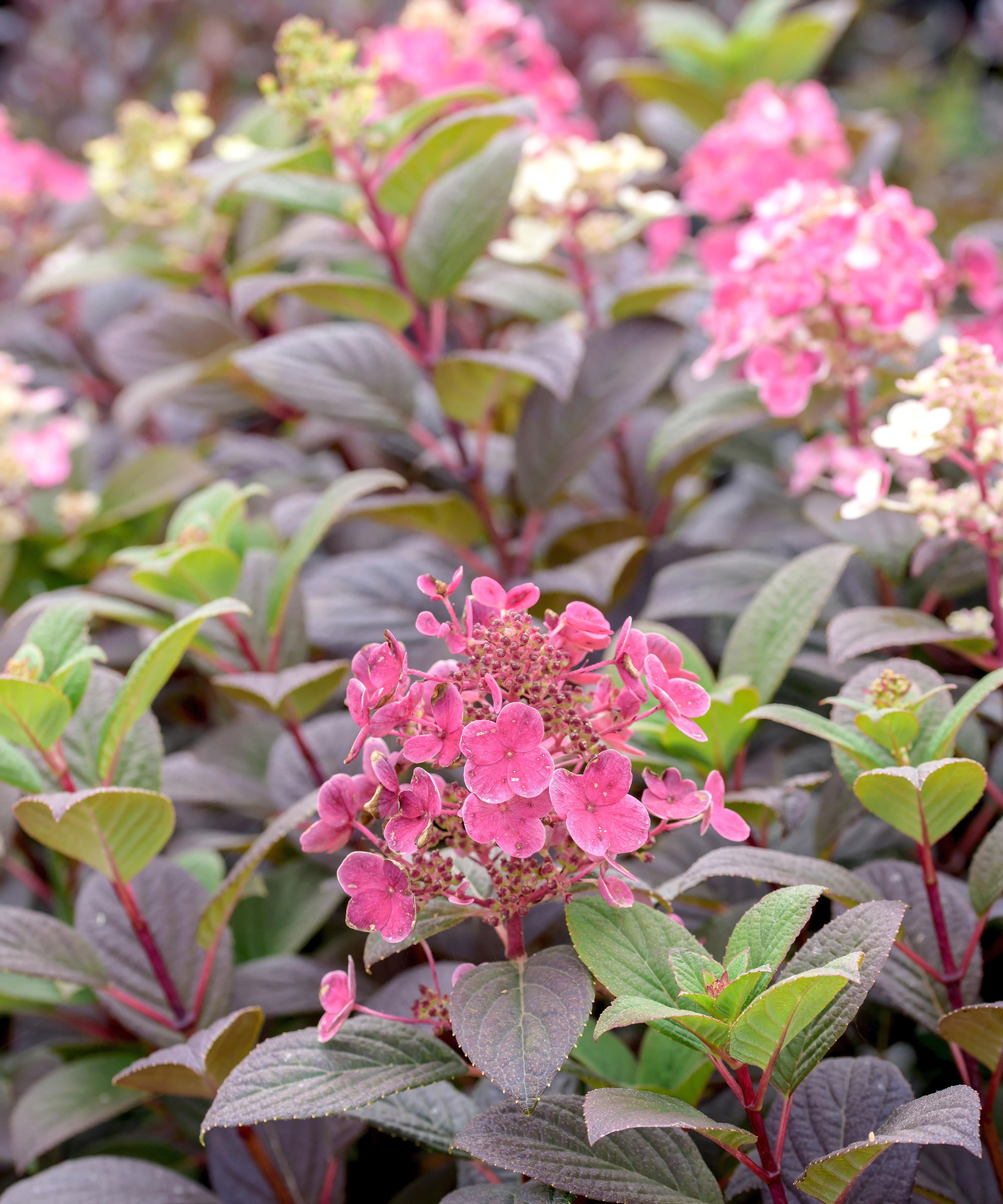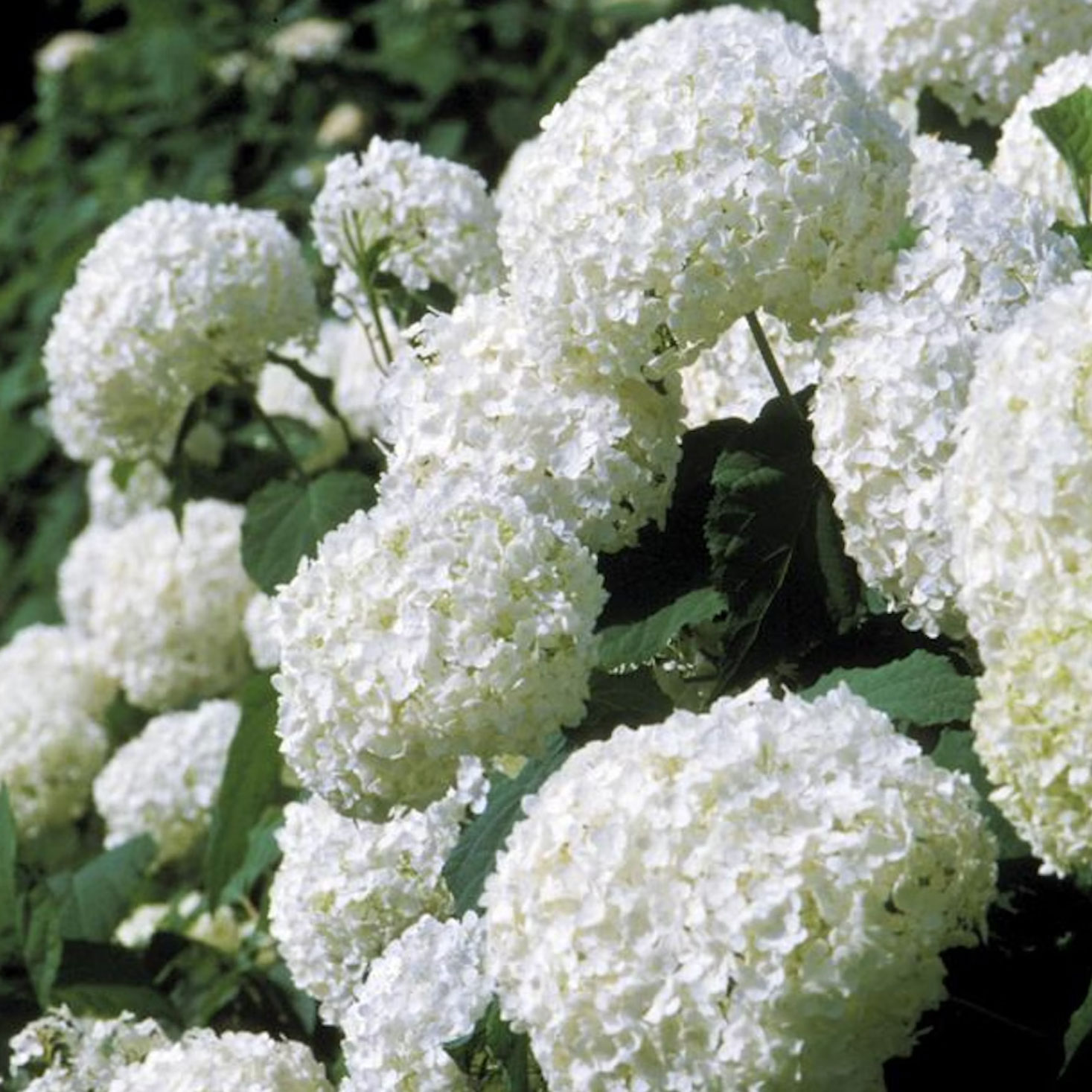Quick Fire Hydrangea – The Elegant, Easy-Care Shrub Every Gardener Needs In Their Landscape
If you’re after an early flowering panicle hydrangea that offers plenty of floral variety, the Quick Fire hydrangea goes big on visual dynamics from early summer to fall
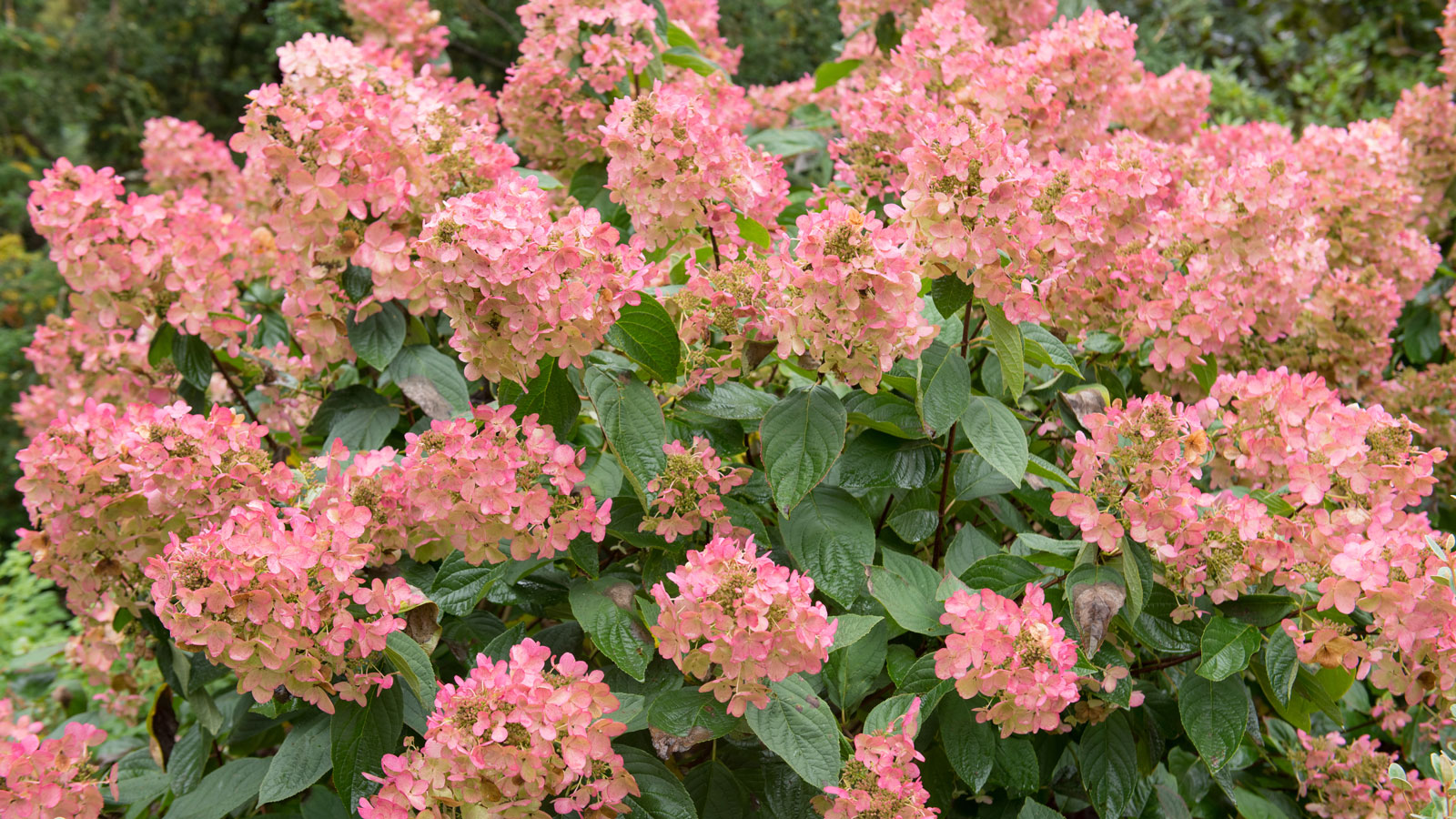

Quick Facts
Botanical name:
Hydrangea paniculata 'Quick Fire'
Height: Eight feet (2.4m)
Spread: Eight feet (2.4m)
Sun: Part shade to full sun
Soil: Normal, well drained
Hardiness zones: 4-8
When to plant:
Early spring, early fall
Flowering time:
Early summer through fall
Quick blooming and full of floral variety, 'Quick Fire' hydrangea plants are some of the most exciting shrubs you can grow for early blooms that endure across several months. Their immense flower heads range dramatically in color from bright white through varying shades of pink as summer shifts to fall, often accompanied by rich amber and red foliage in autumn. Quick Fire flowers earlier than a lot of other panicle hydrangea varieties, often a month ahead of the rest of the pack.
Hydrangea Quick Fire is one of the best shrubs you can grow for early, extended and impressive color in the garden. One of the showiest panicle varieties (alongside vivid Limelight and fluffy Big Ben), Quick Fire is also an excellent tree-form hydrangea option.
Perfect for specimen and mass planting or privacy hedge growing, Quick Fire hydrangea tree plants are some of the hardiest and easy to grow panicle hydrangeas. These magnificent flowering shrubs work well in a range of planting locations, from formal green spaces to compact urban dwellings. So here's how to get the best from yours, from earliest spring whites to spectacular fall reds.
Quick Fire Hydrangea Care
Quick Fire panicle hydrangea plants have an upright habit with strong stems to support its large, showy conical flower heads. Given their robust growth habit, these hydrangeas are unlikely to need staking. And although they do require continued care, they are not overly demanding and can adapt to different growing conditions, as long as a few basic needs are met. Follow these hydrangea care tips for the earliest, healthiest and longest-lasting displays of variety and intensity:
- Light & Warmth: Full sun or partial shade give you the healthiest growth and most vivid flowers. These hydrangeas benefit from shade during the hottest portion of the afternoon if grown in warmer regions. Still, If you want the most reliable hydrangeas by zone, this panicle type is hardy in USDA zones 4-8 and adaptable to a range of climates.
- Watering: Consistent hydration is essential in preventing wilt and stress. Ideally, give plants at least an inch (2.5 cm) of water each week. Drip irrigation lines or soaker hoses can be effective in allowing for deep saturation. An application of mulch also helps plants retain moisture and keep root zones cool in warm spells.
- Fertilizing: Routine applications of fertilizers are not usually required. Still, Quick Fire hydrangea plants can benefit from a well-balanced fertilizer each spring, before the flower buds have developed.
- Soil & Compost: Quick Fire panicle hydrangea plants grow best in rich, well-amended beds. They appreciate soil that drains well. These are easy-to-grow hydrangeas and adaptable to different conditions. Unlike other types, the color and appearance of Quick Fire hydrangeas are not affected by the pH of garden soils.
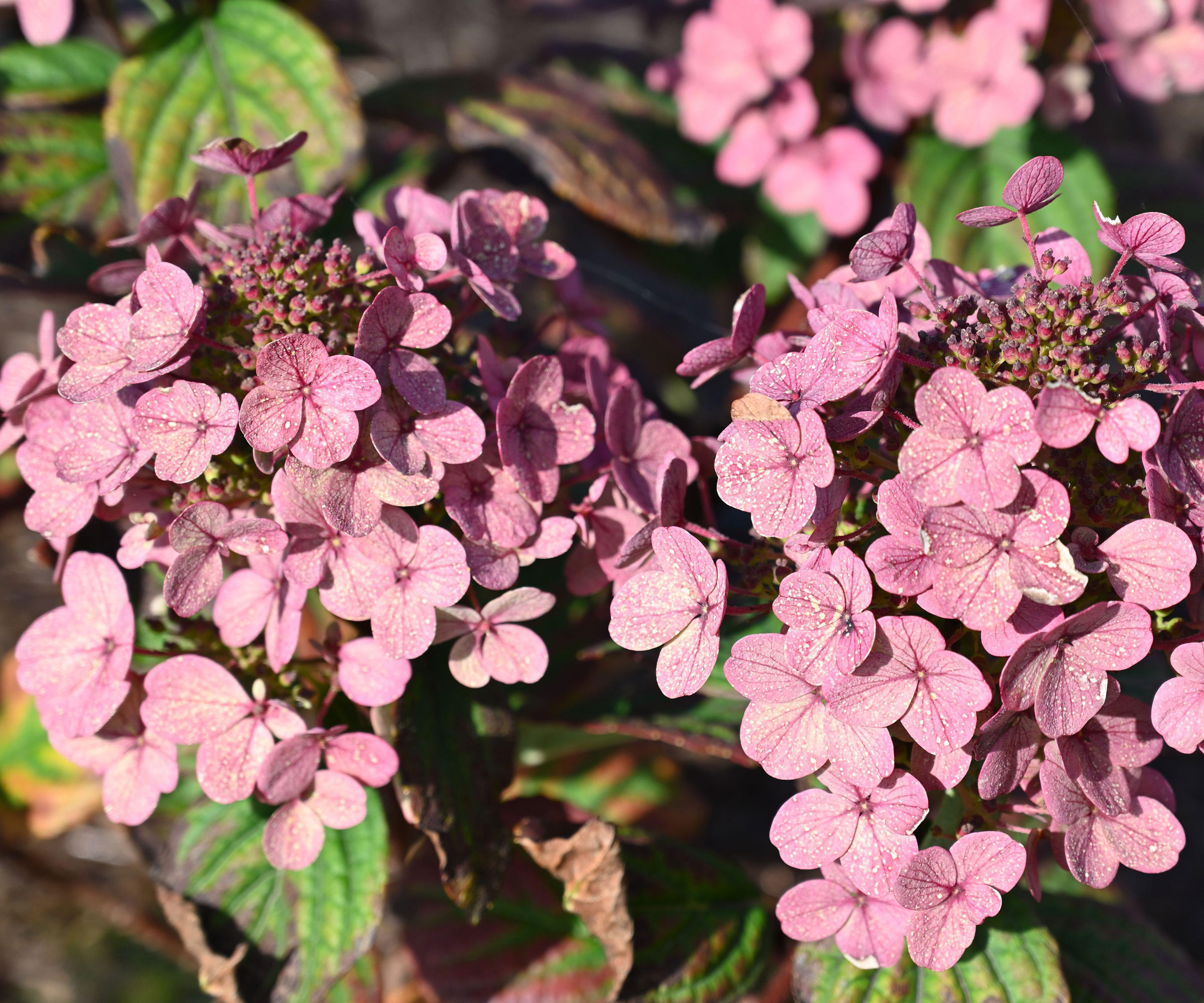
Landscaping with Quick Fire Hydrangeas
Quick Fire hydrangea plants are excellent options for varied landscaping themes, whether you’re lucky enough to have a large garden or contemplating reliable bloomers for more compact urban spaces. However, given their eventual height and spread when fully mature, it’s worth making allowances for space before planting a Quick Fire hydrangea.
They are impactful and agreeable landscaping shrubs, but adequate spacing at planting time is key in making certain that flower beds don’t become too crowded. As this cultivar of hydrangea grows quickly, expect these plants to put on approximately 24-36 inches (60-90cm) of new growth each season. For gardeners who are concerned about the potential for crowding and stunted growth, there is also a variety called Little Quick Fire, which grows to around four feet (1.2m) high.
Hostas and ferns make excellent planting companions for Quick Fire hydrangeas, given their lush, dense green foliage and potential for dramatic shaping. Coral bells and coneflower breeds also make attractive counterpoints in terms of flowering intensity. Meanwhile, several white, pastel and deep red or purple astilbe varieties make gorgeous complements thanks to their fine, feathery floral spikes.
Sign up for the Gardening Know How newsletter today and receive a free copy of our e-book "How to Grow Delicious Tomatoes".
Pruning Quick Fire Hydrangeas
Learning to properly prune hydrangea plants will depend greatly upon their flowering habit. Since most panicle types bloom on new growth, Quick Fire plants can be cut back in late winter or very early spring. Depending on the size and age of the plant, it’s generally safe to reduce the previous year’s growth to approximately 18 inches (45cm) tall to encourage increased vigor and stronger, voluminous flower heads.
When pruning, consider both overall health and desired shape. You should remove any dead stems or those which have been damaged by the cold. Healthy stems can also be trimmed back to maintain the required size, shape and fullness. In general, don’t remove more than one-third of the plant’s total height. You need to ensure that the thicker buds that tend to develop in the bottom half of the plant are sufficient to generate a strong showing in the coming season.
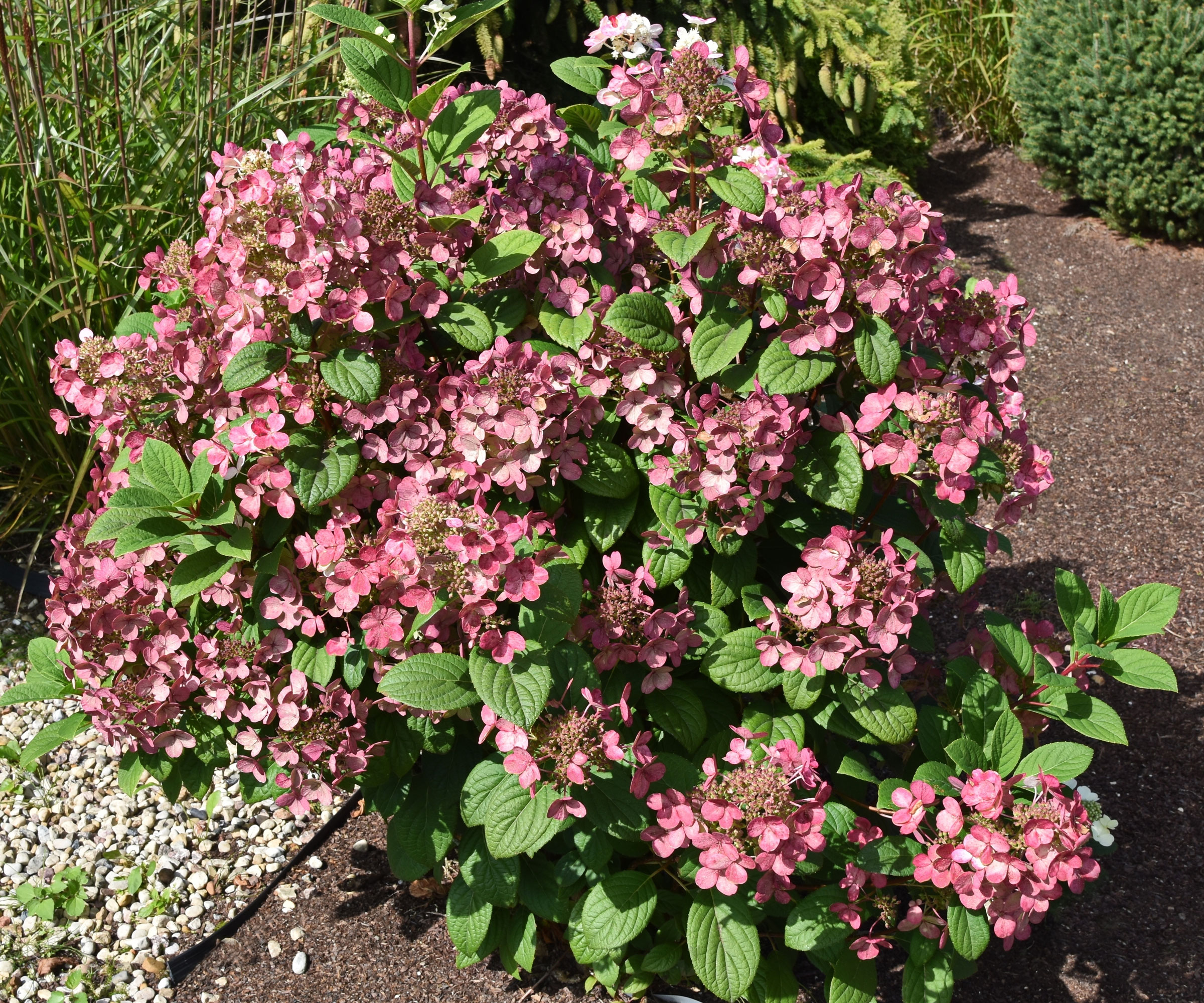
Quick Fire Hydrangea Problems, Pests, & Diseases
The chances are good that your Quick Fire hydrangea will remain healthy and strong, with the right care. Still, while hydrangeas are generally a robust option for the ornamental garden, there are some common hydrangea diseases, pests and problems to watch out for. Insects are seldom an issue for hydrangeas, though the plants may require occasional treatment for mites of controls for aphid attacks.
Foliar diseases such as blight, leaf spot, rust and powdery mildew are the most likely cause for concern. In most instances, these infections can be prevented. For instance, mildew tends to be more prevalent where plants have been grown closely together, restricting airflow. Giving hydrangeas plenty of space to grow freely will greatly reduce the chances of disease.
Frequently Asked Questions
What is the difference between Quick Fire and Little Quick Fire?
Little Quick Fire is a dwarf variety that grows to around four feet (1.2m) high. It shares many of the other characteristics, specifically coloring and early blooming. The primary difference is the height and growth potential of the overall shrub. Thanks to its compact and diminutive nature, it is great for containers and smaller yards.
What is the difference between Quick Fire and Quick Fire Fab?
If you appreciate the early blooming and gorgeous color potential of Quick Fire, you will love the Quick Fire Fab variety. Blooms can impress for three months across summer and early fall, from early creamy mints to eventual luscious raspberry tones. The big difference is that the flowerheads are more densely packed mopheads, whereas the original Quick Fire flowers are more lacey and loose.
How do I propagate Quick Fire hydrangeas?
Take softwood cuttings in late spring or early summer. Select stem cuttings with two or three nodes. Cuttings taken in the morning are best, because of a higher moisture content. Remove lower leaves, leaving two or three at the top. Dip the bases of the stems in some rooting hormone, then plant in moist gritty compost or potting soil.
Other Great Ideas for Shrubs And Flowering Specimens
- Keen to ensure the happiest hydrangeas with the biggest, showiest flowers? Read the hydrangea mistakes to avoid to give your shrubs the best chance of rewarding you with endless blowsy blooms.
- Looking for high-impact statement plants to boost your curb appeal? Our rundown of the most dynamic shrubs to grow in front lawns and front yards can help you put your gardening intentions front and center.
- How do you guarantee the most joyful blooming shrubs to brighten up beds and borders? Read our roundup of the best flowering bushes for multi-season splendor.
- For a massive range of fluffy pompom flowerheads, jewel-bright color tones and charming evergreen textures, check out the flowering and evergreen shrubs and trees in the Gardening Know How Shop.
This article features products available from third party vendors on the Gardening Know How Shop. Keep in mind that our plant inventory is limited - so if you’re thinking of purchasing, don’t wait!
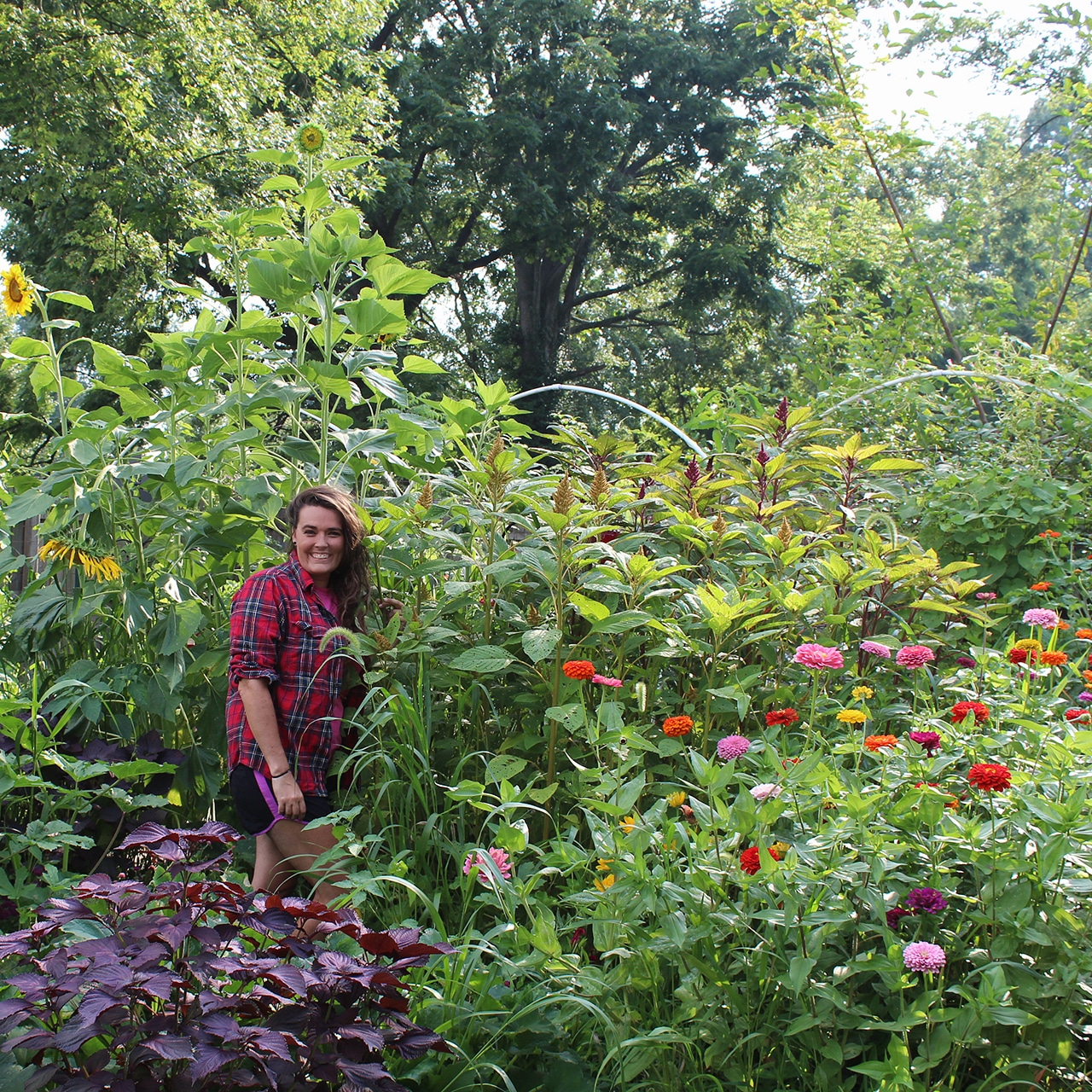
Tonya Barnett has been gardening for 13 years. Flowers are her passion. She has transformed her backyard into a cut flower garden, which she regularly chronicles on her YouTube channel http://www.youtube.com/@tonyawiththeflowers.
- Janey GouldingContent Editor
- Amy DraissDigital Community Manager
